Kok Soon Chai
Causal Mechanism Transfer Network for Time Series Domain Adaptation in Mechanical Systems
Oct 13, 2019


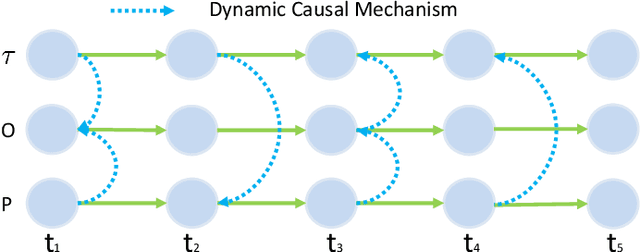
Abstract:Data-driven models are becoming essential parts in modern mechanical systems, commonly used to capture the behavior of various equipment and varying environmental characteristics. Despite the advantages of these data-driven models on excellent adaptivity to high dynamics and aging equipment, they are usually hungry to massive labels over historical data, mostly contributed by human engineers at an extremely high cost. The label demand is now the major limiting factor to modeling accuracy, hindering the fulfillment of visions for applications. Fortunately, domain adaptation enhances the model generalization by utilizing the labelled source data as well as the unlabelled target data and then we can reuse the model on different domains. However, the mainstream domain adaptation methods cannot achieve ideal performance on time series data, because most of them focus on static samples and even the existing time series domain adaptation methods ignore the properties of time series data, such as temporal causal mechanism. In this paper, we assume that causal mechanism is invariant and present our Causal Mechanism Transfer Network(CMTN) for time series domain adaptation. By capturing and transferring the dynamic and temporal causal mechanism of multivariate time series data and alleviating the time lags and different value ranges among different machines, CMTN allows the data-driven models to exploit existing data and labels from similar systems, such that the resulting model on a new system is highly reliable even with very limited data. We report our empirical results and lessons learned from two real-world case studies, on chiller plant energy optimization and boiler fault detection, which outperforms the existing state-of-the-art method.
Data Driven Chiller Plant Energy Optimization with Domain Knowledge
Dec 03, 2018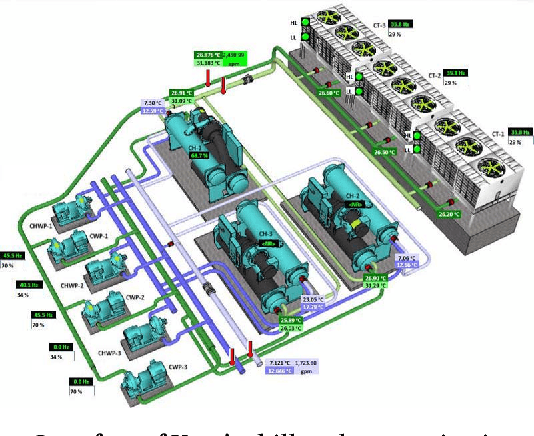
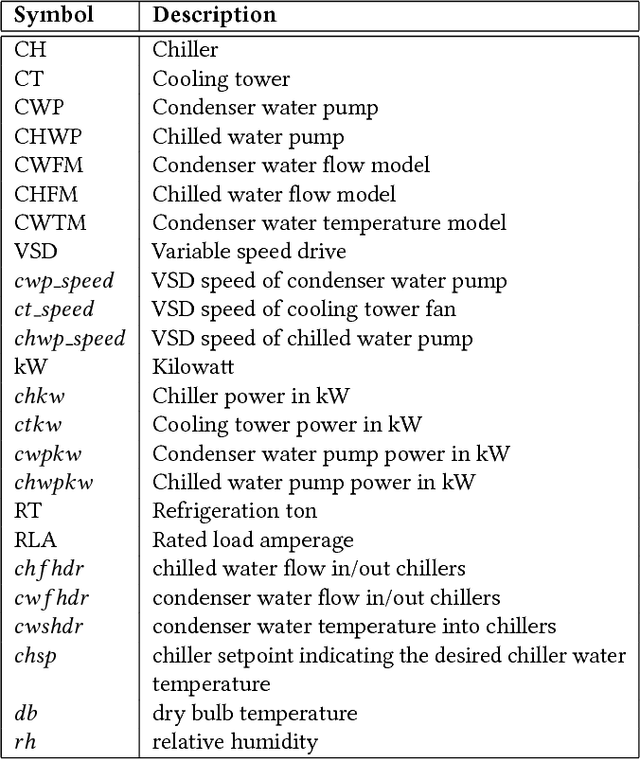
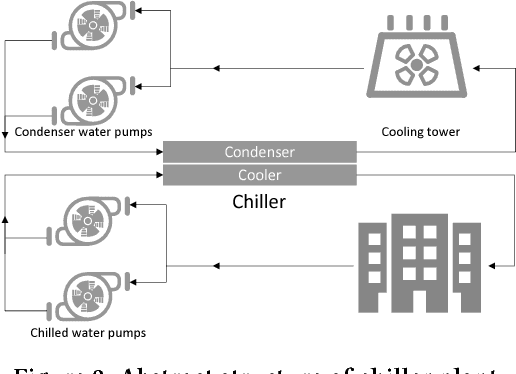
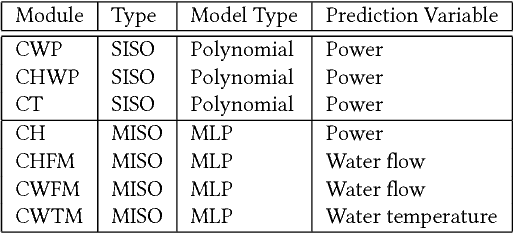
Abstract:Refrigeration and chiller optimization is an important and well studied topic in mechanical engineering, mostly taking advantage of physical models, designed on top of over-simplified assumptions, over the equipments. Conventional optimization techniques using physical models make decisions of online parameter tuning, based on very limited information of hardware specifications and external conditions, e.g., outdoor weather. In recent years, new generation of sensors is becoming essential part of new chiller plants, for the first time allowing the system administrators to continuously monitor the running status of all equipments in a timely and accurate way. The explosive growth of data flowing to databases, driven by the increasing analytical power by machine learning and data mining, unveils new possibilities of data-driven approaches for real-time chiller plant optimization. This paper presents our research and industrial experience on the adoption of data models and optimizations on chiller plant and discusses the lessons learnt from our practice on real world plants. Instead of employing complex machine learning models, we emphasize the incorporation of appropriate domain knowledge into data analysis tools, which turns out to be the key performance improver over state-of-the-art deep learning techniques by a significant margin. Our empirical evaluation on a real world chiller plant achieves savings by more than 7% on daily power consumption.
 Add to Chrome
Add to Chrome Add to Firefox
Add to Firefox Add to Edge
Add to Edge